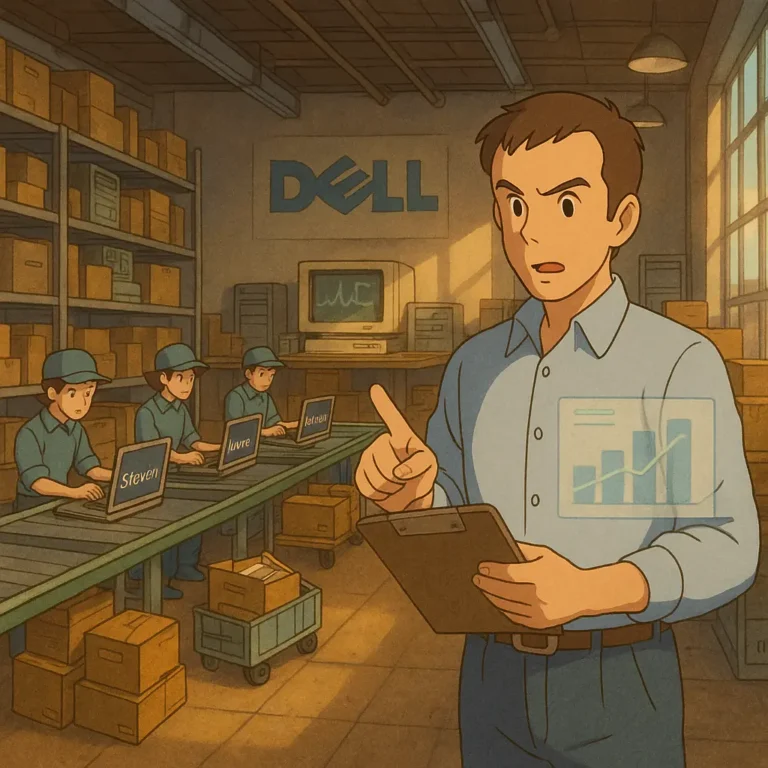
It is easy to tell business owners and supply chain managers what to do and the results to expect, but what about a small business and supply chain riddled with capacity constraints?
Usually, a supply chain has capacity constraints because of limited resources, such as capital, labour, or infrastructure.
In a few cases, you may have natural disasters like the pandemic that affected millions of businesses and their supply chains.
Despite its economy and industrial boom, Africa is riddled with many of these businesses. In this article, we will explore how they can manage capacity constraints.
What are Capacity Constraints in the Supply Chain?
Capacity constraints in the supply chain are limitations that pop up across the supply chain, whether in the production, logistics, or inventory arms of the supply chain.
As I mentioned, when your supply chain faces capacity constraints, it is usually because of limited resources. And in many cases, there may not be anything you can do about it temporarily.
Capacity constraints are not bottlenecks. Bottlenecks are preventable activities or situations that stop or slow down your supply chain.
On the other hand, capacity constraints restrict your supply chain’s ability to produce what you consider optimal for a market.
The Cost of Not Managing Capacity Constraints in Your Supply Chain
As you can imagine, when there are limitations or restrictions to what you can achieve with your supply chain, it causes problems for the business or organization.
1. Delays
When there is a capacity constraint in your supply chain, it will typically cause delays in delivering products to customers. In most cases, these delays can devastate the supply chain or business.
Think of a logistics company with five trucks, but there is a demand for 10 or 15 deliveries. It will be impossible to meet such demands in an acceptable time unless something drastic is done.
2. Increased Cost
When there are capacity constraints in your supply chain, it will typically cost the supply chain more if it stretches itself to meet customer’s demands.
Think of the logistics company mentioned in the previous point. If that company decides to meet those demands, it must either buy new vehicles or engage other logistics providers to meet the demand.
This raises the cost of meeting these demands exponentially.
3. Quality
When there are capacity constraints, it is difficult for supply chains to monitor the operation’s output effectively.
This can often take a toll on important areas such as quality control. Again, using the same logistics provider. Say it decides to outsource those demands to other businesses.
It is still much more than they are used to, and they are responsible for the demands as long as the customers are concerned.
Monitoring those deliveries can stretch the company, making them overlook certain quality criteria. It could be the poor lead times or product shortages.
4. Downtimes/Disruptions
Constraints such as capital can often limit the business or supply chain from engaging productively with suppliers.
When suppliers cannot provide services, the supply chain may find it difficult to carry on operations. Potentially, this can cause a ripple effect through the supply chain, leading to downtimes and disruptions.
How to Manage Capacity Constraints in the Supply Chain
Although supply chains that find themselves in this situation have few options than to invest and scale their operations, there are strategies to manage the situation.
1. Outsourcing
This could prove very lucrative for a supply chain with constraints such as cash and infrastructure. Especially considering the scale at which they can grow their supply chain operations.
The best part is most of these outsourcing partners will take payments after a certain period. It could be two weeks or a month. It gives the supply chain wiggle room to serve customers, get paid, and then pay their partners.
2. Demand Forecasting
Investing in demand forecasts is a good tool for predicting and planning for potential demands.
A robust demand forecasting can help a supply chain facing constraints better prepare to meet customer expectations.
For instance, if the demand is a lot, it may start ahead of time to prepare for it. Similarly, when the demand is little, it gives the supply chain flexibility and narrows their productivity to meet what is expected.
Demand forecasting tools are a great return on investment for any supply chain.
3. Cross Functional Workforce
Having a cross-functional team is a situation whereby you hire or train individuals who can work in different arms of the supply chain.
For instance, the same person may work with the logistics team and the inventory/warehouse team. A procurement or sourcing officer may work with vendor managers.
Having a cross-functional team is a way of managing resources, especially when cash and labourers are concerned. However, you have to be wary of team burnout.
4. Inventory Optimization
Inventory management is a big part of any supply chain operation. When there are constraints, it can become incredibly difficult to manage or control.
However, to get around it, invest in optimizing the inventory model to match the supply chain’s capability.
For instance, depending on the market and industry, you may want to switch to push, pull, or JIT inventory model. Sometimes, you may want a combination of them to serve different clients or customers.
It also helps with make-to-order and make-to-stock decision making.
If you can optimize the inventory to suit the shortcomings of your supply chain, it will go a long way to relieve much of the pressure on the business.
FAQ’s on Capacity Constraints in the Supply Chain
Q1: How can I locate capacity restrictions in my supply chain?
Capacity limitations can be found through routine monitoring, data analysis, and performance indicators. Keep an eye out for any indications of delays, inefficiencies, or manufacturing bottlenecks.
A capacity study can also identify areas that require development.
Q2: How can technology be used to manage capacity limitations?
Technology helps increase visibility, improve decision-making, and optimize resource allocation to ease capacity limitations.
Examples include supply chain management software, real-time tracking systems, and predictive analytics. Limited capacity in manufacturing, transportation, or storage makes it difficult for a business to effectively satisfy client demand.
These limitations may cause supply chain delays, price increases, and disruptions.
Q3: How often should I review and adjust my capacity management strategies?
Regular reviews are essential, especially in dynamic environments, so aim for ongoing monitoring, but conduct thorough capacity assessments periodically to ensure your strategies align with your business objectives and the state of the market.

Obinabo Tochukwu Tabansi is a supply chain digital writer & ghostwriter helping professionals and business owners across Africa explore various strategies that work and learn from the success and failures of various supply chains across the globe. He also ghostwrites social content for logistics & supply chain businesses








